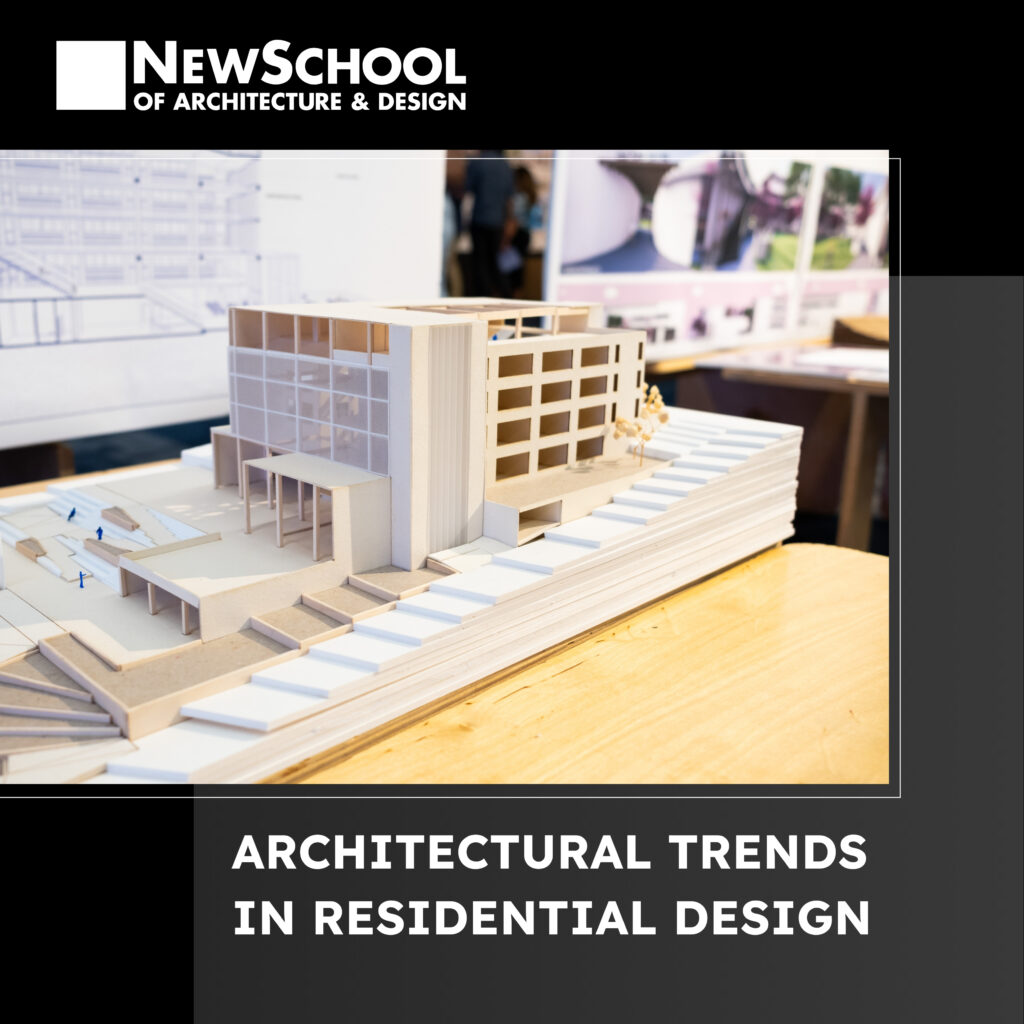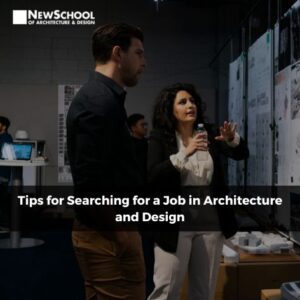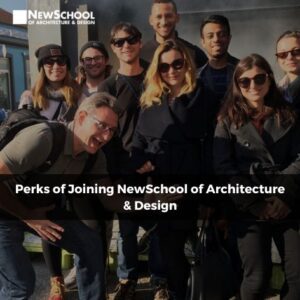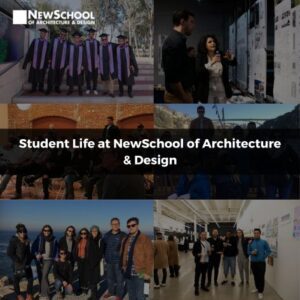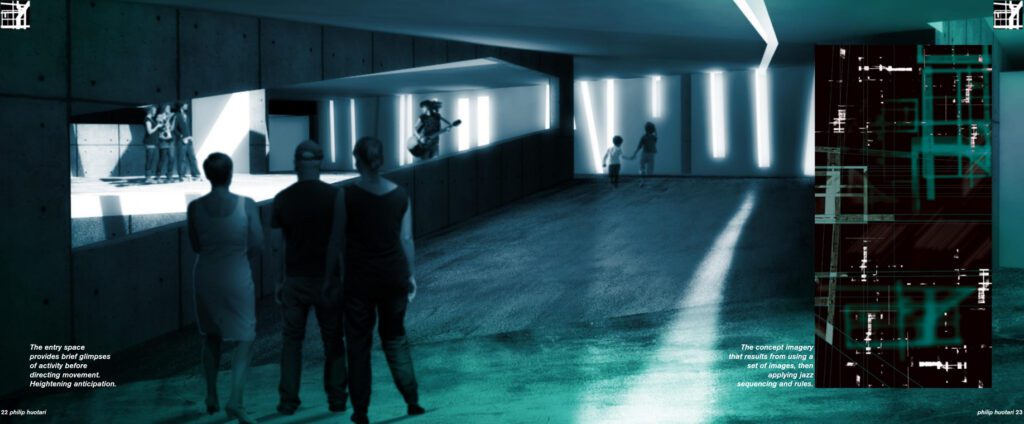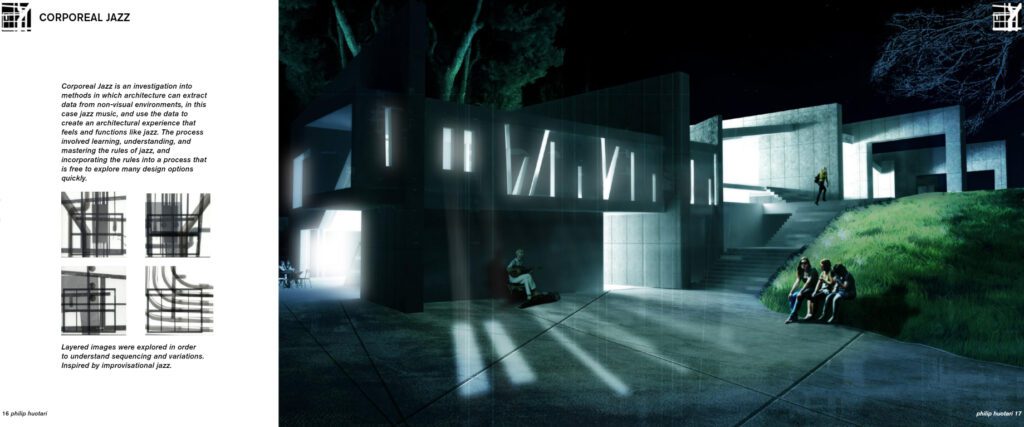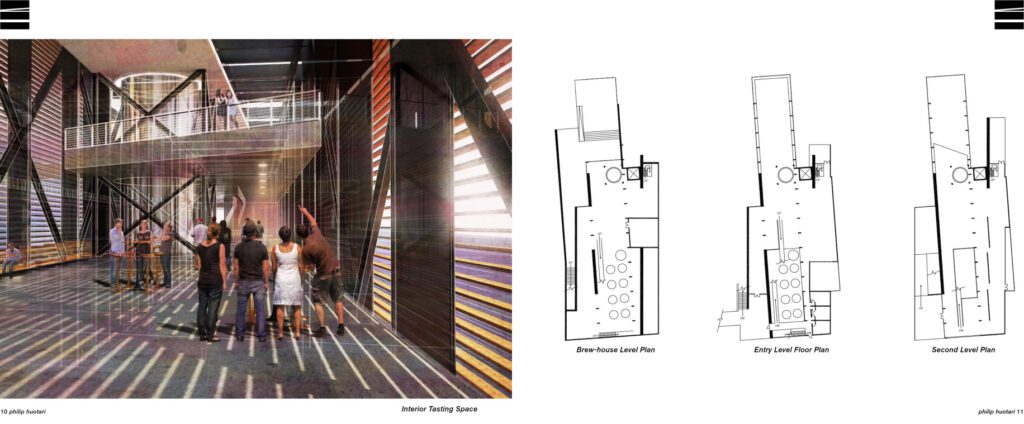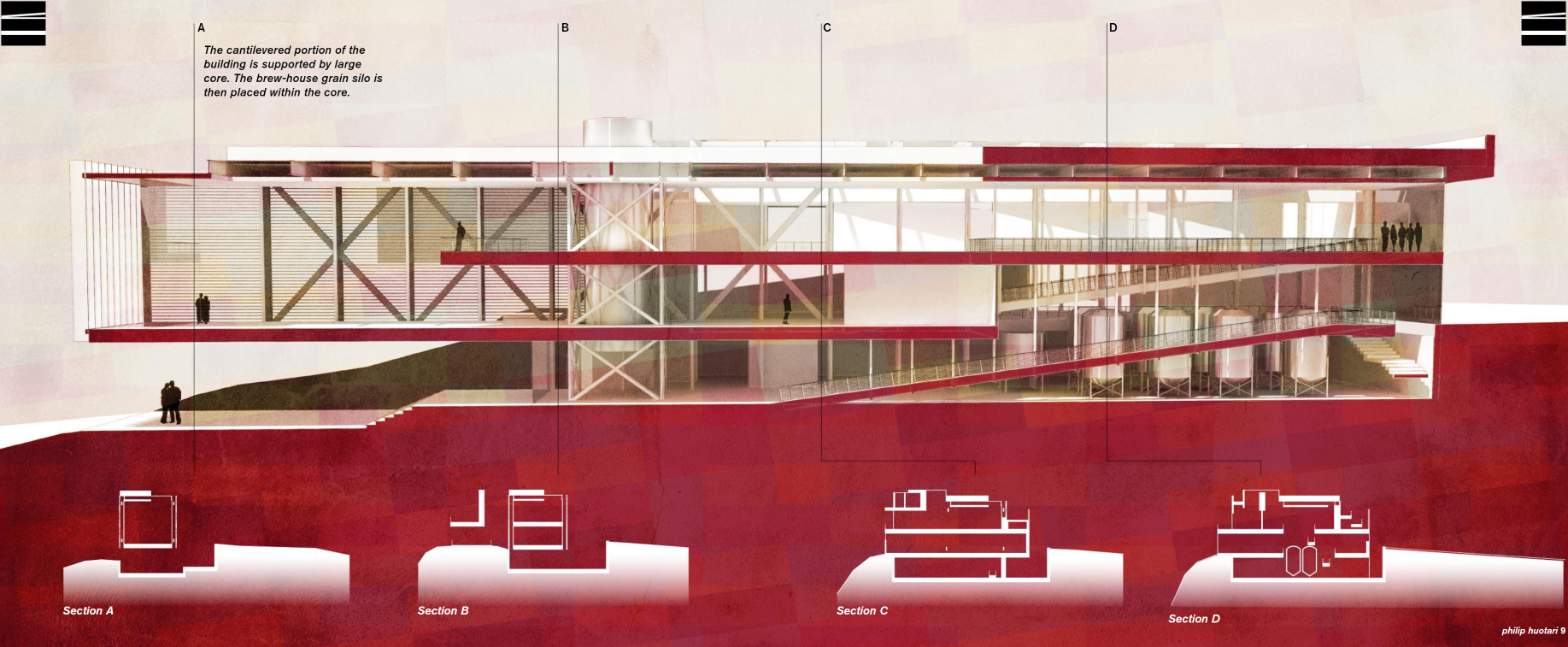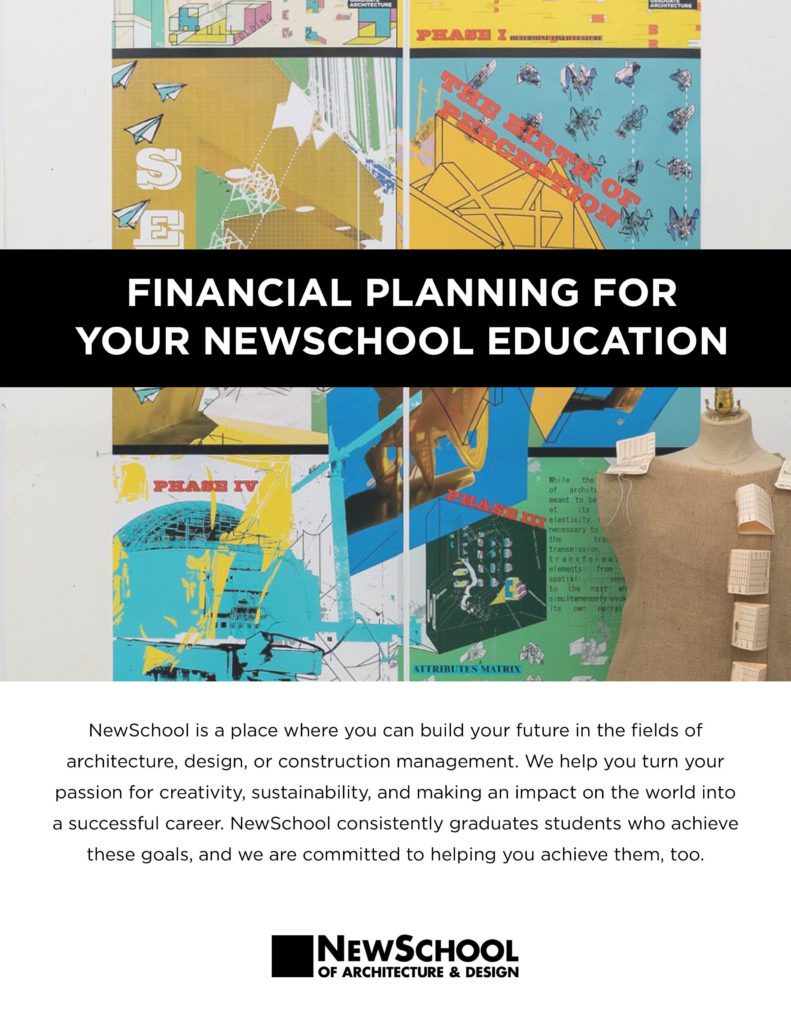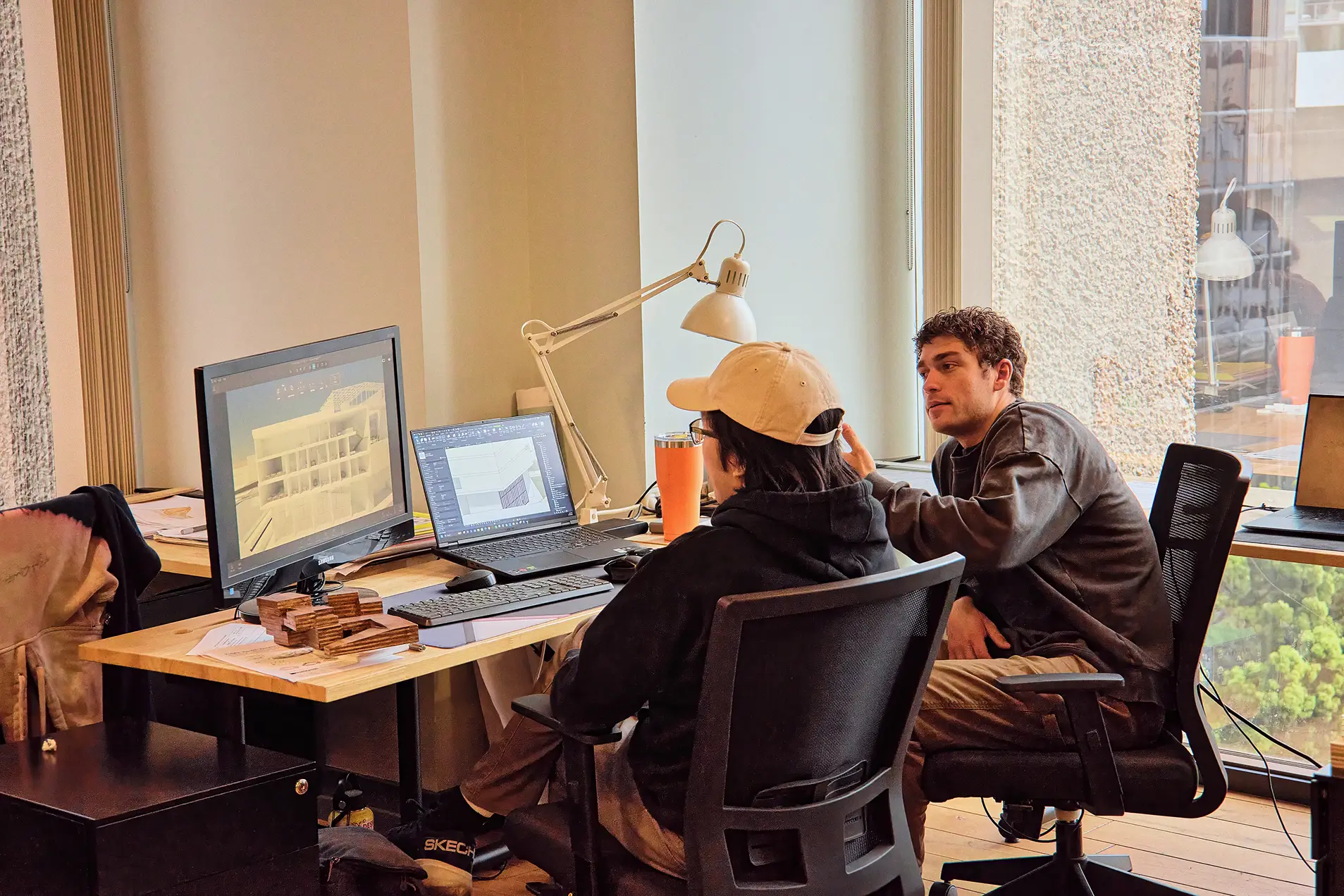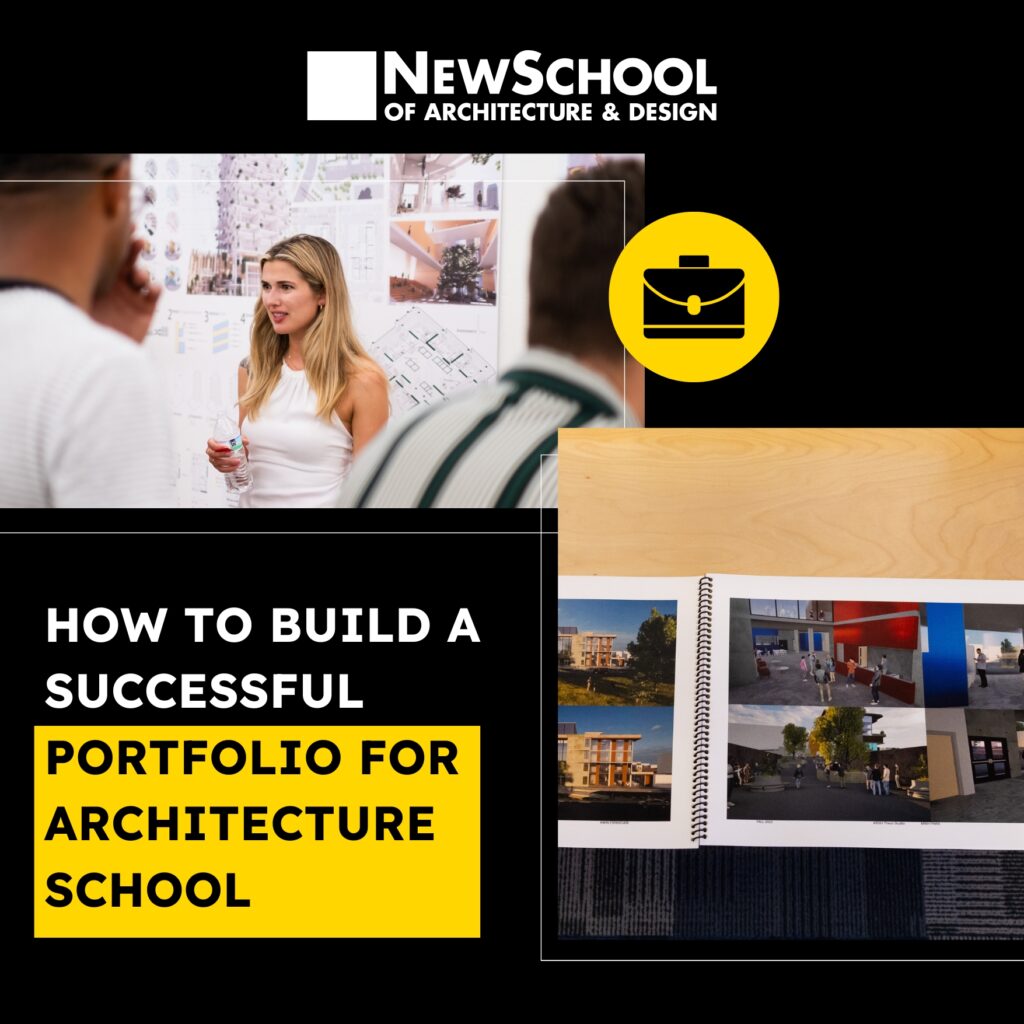
When you apply to a school to study architecture, a professional portfolio is the foundation of the process. This is how you prove your creativity, understanding of design elements, and technical skills. There’s planning and curation involved. This requires knowing what admissions and academic programs are looking for. Your goal is to set yourself apart by highlighting your specific skills and talents as you put together your portfolio for architecture school.
Understand the Purpose of Your Portfolio
Think of your architecture portfolio as a resume. It’s a visual representation of your artistic skills and design style. According to the NewSchool of Architecture & Design, undergraduate architecture programs look for problem-solving, conceptual thinking, and attention to detail. Include completed projects and examples of your design process. That includes sketches, research, and technical drawings. Consider it a cohesive story that tells who you are as an aspiring architect.
Research the Requirements
While schools might be similar, each of them has a set of requirements you need to follow. This might be the number of pages, format, and types of projects to include. Understanding these guidelines is crucial for success.
Some architecture & design schools prefer electronic portfolios. Others might want to see a physical architect portfolio. A successful architecture school portfolio follows all requirements, no matter how they differ from the others. Pay attention to the following:
- Page limits: this is true for physical and electronic portfolios. Keep it concise, but make it impactful. Common requirements are 10-20 pages.
- Dimensions: there are typically size specifications for architecture portfolios. Make sure you know and adhere to them.
- Content types: prominent schools, such as the NewSchool of Architecture & Design, suggest mixing personal and academic projects that you’ve completed in the field of architecture.
- Technical requirements: for electronic portfolios, check file format and resolution before submitting.
This is also the best time to produce a table of contents, even if it’s in draft form,
Being aware of each school’s undergraduate portfolio requirements lets you modify each before submission. It also demonstrates professionalism and attention to detail. Both of these qualities are important for future architects.
Curate Your Best Work
Quality over quantity is a must for your architecture school application. It’s often a competitive admissions process, so your best is the goal. A diverse set of projects showcases your personal story. It also illustrates your skill set, including drawing, painting, 3D models, graphic material, and photography. By displaying all of your mediums, you create a strong portfolio and showcase a solid understanding of the design process and your artistic ability. Use these tips as you select your work:
- Highlight originality: most admissions committees want a unique perspective and plenty of innovation.
- Demonstrate technical skills: this involves precise drawings, freehand sketches, CAD examples, and detailed physical models. Project management is another skill to highlight here.
- Focus on relevance: projects need to be architectural. Examples include urban blocks, spatial sequences, and conceptual sketches that fully understand the process.
- Add personal projects: including a passion project reveals creativity and makes your architect portfolio more memorable.
When you put together your undergraduate architecture portfolio, think about its narrative. You want a cohesive story that speaks to your growth and interests. You also want it to showcase your artistic ability and maturity in design projects. There are many examples of architecture portfolios available online, and you can also ask your mentors for additional examples.
Showcase Your Design Process
A top-notch profile is more than your finished work. It should also highlight your creative process. Architecture schools are interested in how you think and solve problems. They also want to see how you grow and refine ideas. Sharing your process helps admissions experts understand your graphic design methods. That’s anything from freehand drawings to life drawings to computer models. It also proves that you can develop ideas and stay consistent with them. Include the following pieces:
- Early sketches: raw concepts, projects in the early stages, and freehand sketches are all examples.
- Research and analysis: provide documentation of your themes, material studies, and site analysis within your architect portfolio.
- Prototypes and models: share the evolution of your professional design projects. Include physical and digital examples of your architecture projects.
- Final presentation: include completed projects that showcase your artistic ability and technical accomplishments. Add any other essential skills that apply to the field of architecture.
Include a brief description and annotations where necessary. This gives valuable context that lets admissions teams follow your journey from the original idea to the completed project.
Create a Cohesive and Visual Narrative
This was briefly mentioned before, but let’s look at it more closely. A successful undergraduate architecture portfolio shares a story, in this case, a visual and graphic narrative. It starts with your interest in design ideas and goes through your growth. That makes organizing your portfolio logically an important part of your success during the application process.
Capture your audience by sharing your strongest work first. Then, build upon it with projects that showcase your skills, creativity, and design aesthetic. Use these structure suggestions to guide you:
- Introduction: talk about your passion for architecture and share your vision as a designer of architectural projects and strengths in design work.
- Core projects: organize these by theme or in chronological order. This shows the progression of your skills and architectural interests. Include details about previous design coursework.
- Supplementary projects: life drawings, freehand drawings, sketches, and photography go here. Any other creative projects that you feel demonstrate versatility and range also belong in this part of your architectural portfolio.
- Conclusion: tie everything together with your best project. This leaves a memorable impression and helps strengthen your narrative.
Consistency is key here. Your story needs to be engaging and memorable and follow a clear path. This strategy lets architecture students share who they are as candidates for the school through the progression of skill development.
Prioritize Visual Clarity
Your architectural portfolio needs to be visually appealing and professional. Consider the layout and visual material you will include. Avoid cluttered pages and inconsistent designs. Both are distracting and take away from the impact of your portfolio. Use simple portfolio layouts, include white space, and stay consistent with your colors and fonts. Additional tips include:
- Limit the text: brief captions and annotations are best. They explain projects but let the focus remain on your graphic material.
- High-quality images: a strong design project with crisp and well-lit photos. Use editing tools where needed to showcase images.
- Grid format: portfolio layouts must be organized so they look professional and polished.
- Consistent fonts: use one or two fonts and keep them consistent. That includes color and size. The goal is uniformity in your architect portfolio.
Look at your digital portfolio on several devices to be sure it transfers well. Print physical copies so that you can examine the result before submission. There are many architecture portfolio examples online that you can use as inspiration.
Include Technical Skills
Proficiency is a crucial part of technical design. A successful portfolio demonstrates this by showcasing your ability with industry tools and software programs. Examples include Rhino, AutoCAD, and Revit. Don’t forget to include freehand sketches. These allow you to share an understanding of spatial relationships and precision. Highlight the following elements:
- Blueprints and plans: detailed technical drawings must have accurate dimensions and annotations.
- 3D renderings and models: these can be physical or digital. Either should show your skill levels in visualizing and communicating design concepts for a project.
- Construction details: display further understanding in the field of architecture with drawings and studies of structural and material systems.
This proves that you can handle the technological skills that go with design.
Personalize Your Portfolio
You want more than a decent portfolio. You want a ready portfolio. That requires putting your mark on it while also highlighting your specific skill sets and using the necessary visual elements. Let your personality and perspective shine. Add cultural influences, hobbies, and other details that make you memorable. That might be inspiration from nature or designs that address urban challenges. Whatever it happens to be, make sure it proves why you are a strong candidate for a future in the architectural field.
Ask for Feedback
Feedback is often what sets a strong architecture portfolio apart from just a decent portfolio. Before you submit it, ask mentors, professional architects, and peers to have a look at your portfolio.
Constructive criticism is valuable because it lets you see where improvements are necessary. That ensures that you improve the presentation for the best results. Feedback from several sources is useful. You can also ask for feedback each time you make changes. The goal is a polished, professional, and ready portfolio when it’s time to submit.
Use Professional Tools
Professional tools are essential when creating a strong architecture portfolio that shows a solid understanding of the architectural field. Canva and Adobe InDesign are great examples. Each helps you create a layout that is sleek and has visual appeal. Tools like Lightroom and Photoshop help you create high-quality images that show your skill sets.
If you’re submitting a physical portfolio, choose premium materials for printing and binding. This makes a strong and professional impression on architecture schools and architecture firms you may work with in the future.
Prepare for Interviews
In an architecture school interview, your portfolio will start the conversation. For that reason, you need to be familiar with what’s in it. Be prepared to discuss your projects, including what inspires you and what design challenges you’ve faced.
Practice your presentation before your interview. This builds confidence and makes a positive impression on the interviewer. You may want to have someone observe your presentation and offer tips for improvement.
Stay Up to Date
Architecture evolves all the time. Stay on top of the trends and research in the architecture field. That could be sustainable design, smart cities, or parametric architecture. Schools value candidates who are forward-thinkers in architectural design. They want to see that in their undergraduate portfolio.
Final Checklist
Before you submit your architect portfolio, complete the following final steps.
- Proofread and correct any errors.
- Test digital portfolios to ensure they are compatible with all devices.
- Check the guidelines for each school and adhere to each of them.
- Polish your presentation. Make it professional and cohesive.
Conclusion
Submitting your undergraduate portfolio is exciting and stressful. It requires creativity, strategy, and attention to detail. Showcasing your skills and the graphic design process is also important. Fine-tune your presentation to reflect your architectural portfolio and your professional personality.
Make sure it meets the school’s requirements if you want to be a successful architecture school applicant. This will set you apart from other candidates, both for your education and for potential employers once qualified.
If you have ambitions of being a professional in architecture or design industries, check out all of the degree options offered at NewSchool of Architecture & Design .









 619-684-8800
619-684-8800

